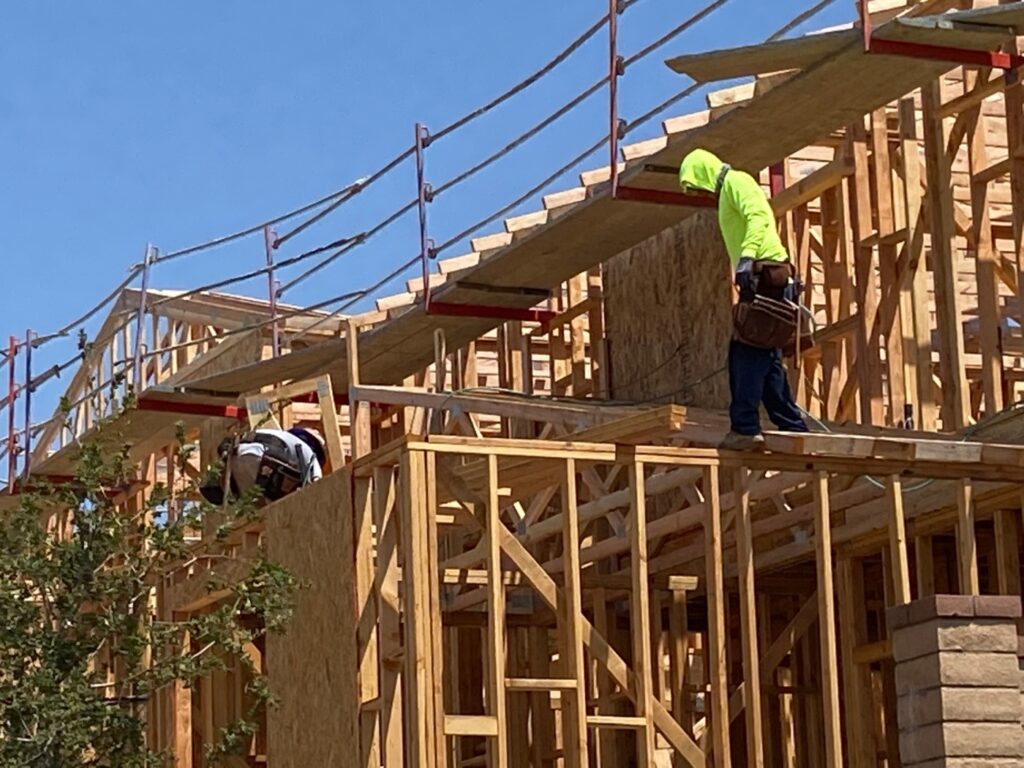
Clerical errors and a lack of adequate review resulted in an understatement of future housing needs in the Sacramento and Santa Barbara areas, one of a number of problems with how the state determines future housing needs, a state audit of California’s housing department found.
The audit of the state’s housing allocation process released Thursday, March 17, found numerous deficiencies in the Housing and Community Development Department’s procedures and recommended that changes be implemented within the next year.
“HCD staff made clerical data input errors that were not caught in two of the three needs assessments that we looked at,” Acting State Auditor Michael Tilden said in a phone interview. “HCD doesn’t have a sufficient management review process.”
The audit could have implications for the accuracy of the state housing department’s housing goals for regions across the state.
But a housing spokesman said in an email it’s unlikely the changes requested will be implemented in time to affect current allocations in Southern California or the Bay Area, which have been under dispute.
The state’s mandated target for Southern California tripled to 1.34 million new units in the current planning cycle, which began in October and runs through 2029.
It more than doubled to just over 441,000 new homes for the Bay Area by 2031.
Both regions have pending lawsuits challenging the housing department’s housing targets.
Cities in Los Angeles and Orange counties sued the state last June, arguing the allocation should be approximately half the 1.34-million-home number. They filed an appeal in January after a trial judge dismissed the case in November.
“The state auditor makes the case for us as to exactly why we filed the lawsuit against HCD,” said Anaheim City Council member Trevor O’Neil, chair of the Orange County Council of Governments, which spearheaded the litigation.
“We knew HCD made errors in the calculation. We knew they didn’t follow the required statues when they promulgated the regional (housing) determination,” O’Neil added. “The same shortcomings were found in (two of) the three regions (the state auditor) sampled, which indicates there’s a pattern of transgression from what the state law requires.”
Under the state’s Regional Housing Needs Assessment program, or RHNA, cities and counties are required to plan for projected housing needs at all income levels.
Local jurisdictions that fail to amend their general housing plans and approve adequate zoning to meet their targets can be found to be out of compliance and suffer consequences ranging from a loss of planning authority to denial of state grants and even fines.
Southern California’s 191 cities and six counties were required to get the “housing element” of their general plans approved by Feb. 12. Just eight local jurisdictions met that deadline, a state official said, meaning they now have until next October to complete their zoning or will be deemed to be out of compliance.
Key findings of the audit include:
— The housing department lacks an adequate management review process of its housing assessments to ensure errors aren’t made.
— The department fails to adequately consider some factors that could indicate a housing shortage, such as overcrowding, the number of cost-burdened households and jobs.
— The department fails to consider housing losses due to disasters like wildfires.
— Studies are needed to verify the accuracy of vacancy rates used to determine housing needs.
— The state Finance Department, which provides population projections, also needs to determine the accuracy of its household formation rates.
The audit reviewed the housing assessments in three regions – Sacramento, Santa Barbara and Amador County – and found errors in housing allocation determinations in two of them.
“They need to tighten up their policies and procedures and establish a formal process to document their consideration of all those factors,” Tilden said.
State Housing Director Gustavo Velasquez sent the auditor’s office a letter immediately vowing to comply with all of the recommendations, which are largely technical.
Tilden said it’s impossible to tell if the recommended changes would increase or decrease local housing targets.
A review of Sacramento’s regional RHNA allocation found the housing department number to be 2,500 units too low, Tilden said. The allocation for the Santa Barbara region was about 1,300 units too low.
Tilden said also the housing department considers a 5% vacancy rate to be an indicator of sufficient housing, using the same basis for both rental and owner-occupied homes. He determined the “healthy vacancy rate” needs further assessment to see if it’s accurate and to see if both types of housing should have the same rates.
The Finance Department’s household formation rate – a guide to how many new homes may be needed in the future – also needs more study to make sure it provides adequate projections.
“This is a factor that really can make a difference in the housing projections,” Tilden said. “If the assumption was that 33% of the population down the road would head their own household, a change by 1% (could make) a 17% difference.”
